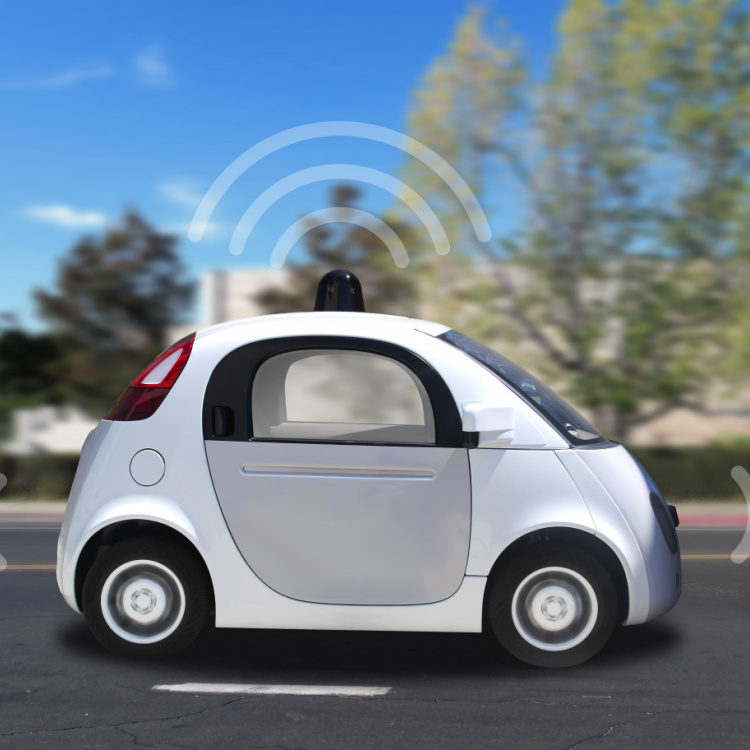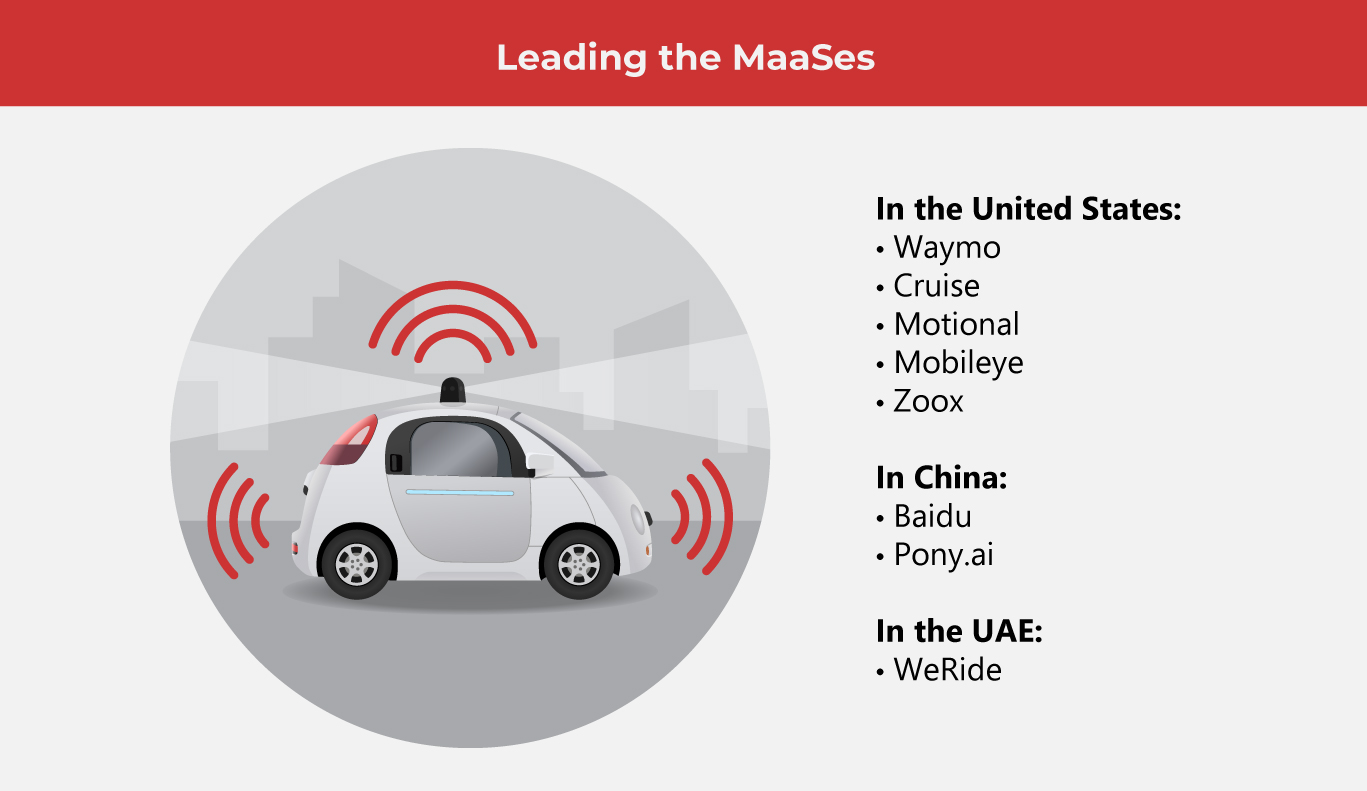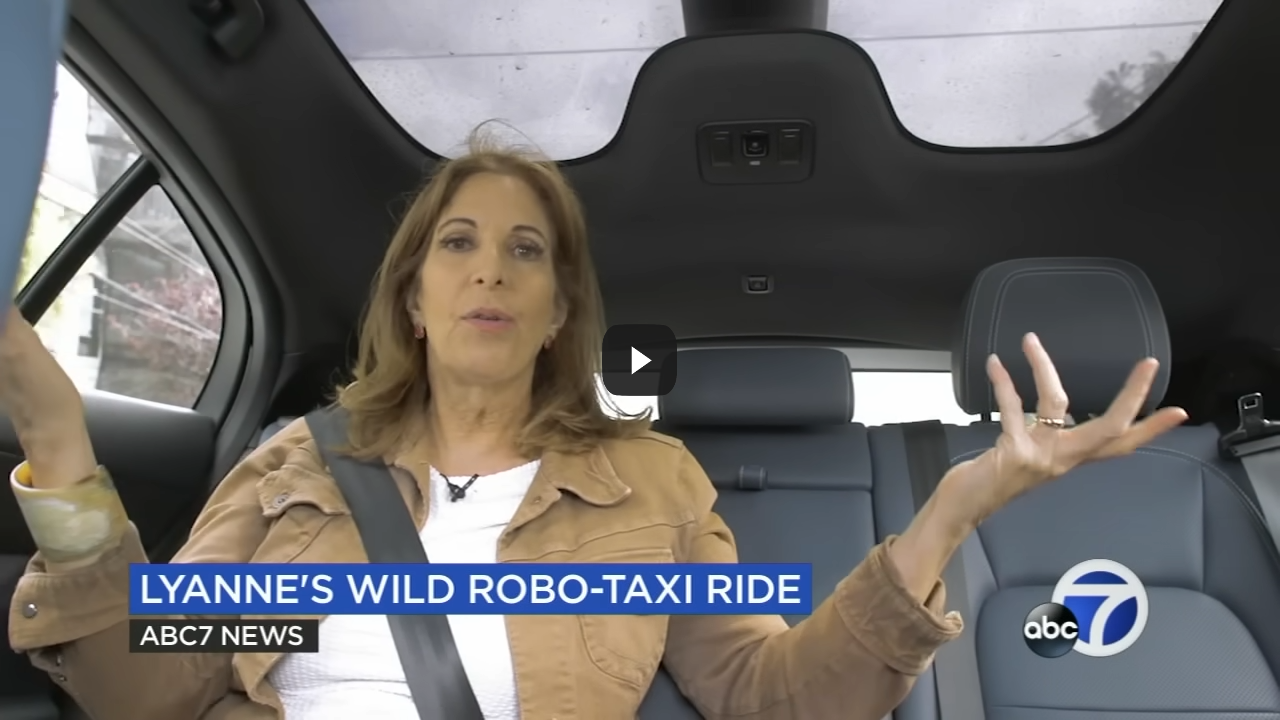Would You Trust a Robotaxi?

In cities such as San Francisco, Las Vegas, and Phoenix in the U.S., and Beijing, Guangzhou, and Shanghai in China, fleets of robotaxis have begun transporting human passengers from point A to B.
These robotaxis are automated vehicles (AVs) that run without a human driver behind the wheel, and recent studies conducted (one from consumer insight group J.D. Power, and another from S&P Global Mobility, a mobility analytics firm), show that there’s still quite a long road ahead for these AVs to be embraced by the general public.
(Also read: Ready to Hail Your First Self-Driving Taxi?)

The Pros and Cons of the Robotaxi
While there are already several robotaxi companies providing paid service rides to human passengers in parts of the U.S. and China, Europe has yet to adopt AVs outside of roboshuttles, which are more like mini busses, as opposed to robotaxis.
The response to robotaxis in the U.S. has been mixed, with passengers providing solid reasons for both sides. Recently, Bloomberg presented two sides of the robotaxi argument.
On one hand, robotaxis address several relevant issues of our modern world: vehicle safety and carbon emissions being the two biggest concerns. On the other, advocates and critics argue that robotaxis don’t effectively address these concerns at all.
Hyundai, which has come up with a robotaxi called the IONIQ 5 and has a joint MaaS venture with Aptiv (an Irish-American automotive tech company) called Motional, says on their robotaxi’s page that the first key benefit of riding in a robotaxi is safety. The company says that driverless technology will vastly improve road safety by eliminating accidents stemming from human error. The second benefit, the company says, is that AVs will provide a more accessible, affordable, and reliable transportation for everyone.
Jordan McGillis, an analyst at the Manhattan Institute who has written the Bloomberg article favoring robotaxis echoes these sentiments. In his piece, he makes the case for robotaxis making cities safer. Staunchly pro-autonomous ride-hailing (ARH), he posits that robotaxis will multiply the benefits of ride-hailing (from companies such as Uber and Lyft) in two ways: avoiding collisions and saving money.
He backs up the first argument by citing a study done by technology writer Timothy B. Lee that shows Waymo and Cruise, two U.S. robotaxi companies have reported “a combined 102 crashes over 6 million driverless miles in San Francisco through August 25, 2023.” Then, he says that robotaxis will eventually become a cheaper commuting option for passengers, a point that those more critical of robotaxis were quick to disagree on.
On the other side of the robotaxi lane is an advocacy group from San Francisco called Safe Street Rebel, which infamously protested against robotaxis by putting a traffic cone on the hood of an automated vehicle. (Doing so disabled the sensors of the AV, thus rendering it motionless.) The group argues that robotaxis have no place in cities, as AVs only promote and reinforce car-centric culture. Further, the group argues that AVs are no safer than human-driven vehicles, citing incidents of AVs driving “erratically” and causing disruptions to emergency vehicles. Also cited was an investigation done by the National Traffic and Highway Safety Administration where robotaxis from Cruise braked abruptly.
Robotaxis by the Numbers
Breaking the argument down via numbers, the first J.D. Power U.S. Robotaxi Study showed actual robotaxi rider and non-rider responses. According to theAutochannel.com, only 20% of all consumers nationally are comfortable with AV technology being tested on streets and highways near them.
However, in the same study, 47% of riders said that they gained trust during a ride and that 51% maintained an “already high level of trust in AV technology during the ride. An optimistic 81% said that they want to hear about others’ experiences with the ride before taking one in a robotaxi.
In a related study also featured on theAutochannel.com, the S&P Global Mobility forecast shows that while personal AV technology may be slow for rollout, MaaS robotaxis may be the key to forging that path, provided that robotaxis gain the trust of passengers, of course.
The key findings from the J.D. Power U.S. Robotaxi Study show the following insights:
- Inquisitive passengers drive robotaxi usage.
- Passengers’ needs are not currently being met by current services (i.e., ride cost, service area coverage, accessibility for PWD, and “being better at driver than human drivers”)
Are Robotaxis Ready for Humans?
AVs that mitigate traffic problems, can safely ferry passengers from point A to B, and provide a comfortable ride without the hazards of carbon emissions sound like a dream, but as the numbers and the arguments show, it’s a lot different when ideas are implemented in real life.
There’s a reason why only a few cities in the U.S. and China have more or less successfully deployed the robotaxi, and it’s largely because of infrastructure. What works for these cities may not work for others around the globe. California may have approved the expansion of robotaxi operations in the state, but a week after the California Public Utilities Commission (CPUC) announced this, a robotaxi reportedly collided with a fire truck.
Jordan McGillis makes a lot of good points for being pro-robotaxi, but his insights are informed by being a resident of the city he lives in. His experiences do not reflect the rest of the world, so his argument is rather near-sighted. On the other hand, while the group Safe Street Rebel thinks about the bigger picture in terms of sustainability and safety, their approach may lean toward more radical means.
What’s good about both sides is that there is now a discussion surrounding robotaxis and AV technology. With setbacks presented, solutions can be investigated. How else can AV technology improve? How can we make AVs safer for everyone? How can we make robotaxis better? Maybe with these guideposts, many more passengers will be more inclined to hail a robotaxi when they’re next in the cities that have them.

As one of the Top 20 EMS companies in the world, IMI has over 40 years of experience in providing electronics manufacturing and technology solutions.
We are ready to support your business on a global scale.
Our proven technical expertise, worldwide reach, and vast experience in high-growth and emerging markets make us the ideal global manufacturing solutions partner.
Let's work together to build our future today.
Other Blog


